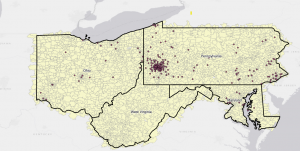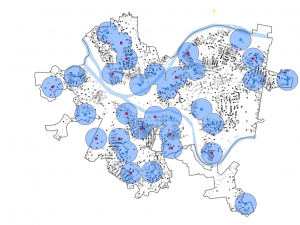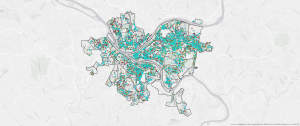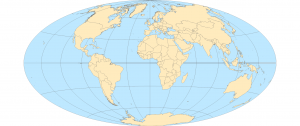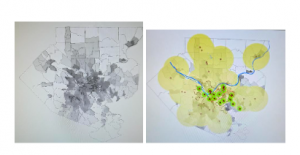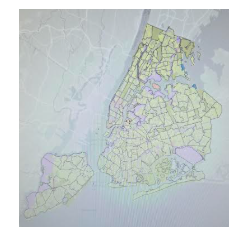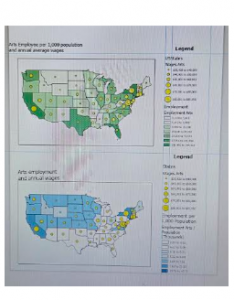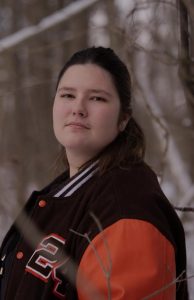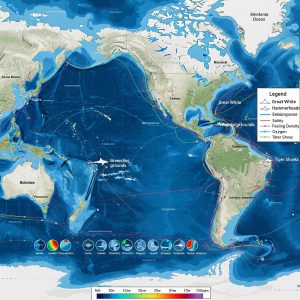Chapter 4
Key concepts and definitions:
Map Density: Shows you where the highest focus of a feature is.
Dot map: Is one of the ways you can graphically map density.
Comments/Notes:
Map density is very important because you can not only see concentrations of the features, but you can also see those features within a uniform aerial unit like hectares or square miles. An example of how you can use map density is that a crime analyst might use it to see burglaries that occur over a year, per square mile, to compare different parts of that city.
When making a map, you should think about the features you are mapping and the information you need from this map; this will help you decide what method you should use.
You can also map density graphically, using something called a dot map, or calculate a density value for each area.
To be able to calculate a density value for each area, you divide the total number of features, or the total value of features, by the area of the polygon. Then each area is shaded based on its density value.
The areas you choose to map may affect the patterns. For example, the density displayed when mapped by census tract may appear quite different from the density shown when mapped by county.
When making a dot map, you often display the dots based on smaller areas but draw the boundaries of larger areas. That way, the boundaries would not obscure the dots.
When looking at the results, the patterns on your map partially rely on how you made the density surface.
Questions:
When did people first discover map density for GIS?
Chapter 5
Key concepts and definitions:
Single area: Finding what is inside a single area lets you monitor activity or summarize information about the area. Some examples of single areas are a service area around a central facility, such as a library district, or a fire response area.
Discrete features: They are unique, identifiable features. You can list them or count them or summarize a numeric attribute that relates with them.
Continuous features: They represent a seamless geographic phenomenon. With this you can find out how much of a category and how much is in that category or class occurs in each of the areas. Some examples of continuous features are the amount of each vegetation type in each of the watersheds.
Frequency: It is the number of features with a given value, or within a range of values, inside the area, displayed as a table.
Comments/Notes:
It is important to map what is inside because it is important to monitor what is happening inside, to be able to compare several areas based on what is inside each one. To find what is inside, you can draw an area boundary on top of the features, use an area boundary to select the features inside and list or summarize them, or you can combine the area boundary and features to create summary data.
If you need a list or count of features, you will want to include those that are mostly within the boundary.
Questions:
Are there limitations to how deep/far this map can go, and if so, what are they?
Chapter 6
Key concepts and definitions:
Distance: Is one of the ways of defining and measuring how close something is.
A summary statistic, such as an average, minimum, maximum, or standard deviation. An example is the mean square footage of buildings within three minutes of each fire station.
Straight line distance: This is when you specify the source feature and the distance, and the GIS finds the area or surrounding features within a certain distance.
Comments/Notes:
When you are using GIS, you are able to find out what is happening within a certain distance from a feature. To find out what is around you, you can measure straight-line distance, measure distance or cost over a network, or measure cost over a surface. Deciding on how to measure how nearby a feature is and what information you need from an analysis will help you make a decision on which method to use.
A summary statistic can be many things, some of which are: A total amount, such as the number of acres of land within a stream buffer. An amount by category, such as the number of acres of each land type. Examples are forests, meadows, etc.
To create a buffer, you need to specify the source feature and the buffer distance.
A geometric network is made up of edges, junctions, and turns.
There are two ways to make a boundary: you can manually draw a line around the selected segments, or you can have the GIS make the boundary.
Questions:
How long or wide can the buffer distance be?

